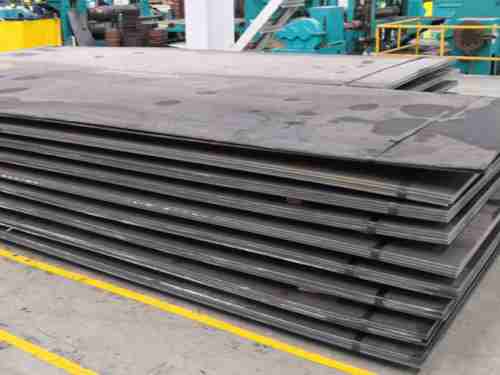The hardness of stainless steel plates is a measure of the material's resistance to deformation, signifying its resilience against bending, cutting, or scratching. High-hardness stainless steel plates exhibit superior strength, toughness, and wear resistance. This article outlines the typical hardness ranges for various types of stainless steel plates.
Hardness Ranges of Common Stainless Steel Plates:
- Austenitic Stainless Steel
The most prevalent type, with a hardness range of approximately 150-300HB.
Ideal for manufacturing high-strength mechanical components.
The highest hardness levels for austenitic stainless steel are around HRC38-39.
Specific hardness values for different grades:
304 stainless steel: HB≤187
316 stainless steel: HB≤187
409 stainless steel: HB≤143
430 stainless steel: HB≤183
It's important to note that hardness can be influenced by various factors, including temperature, pressure, and processing techniques, so these values are indicative.
- Ferritic Stainless Steel
Exhibits a lower hardness range, typically between 100-220HB.
Characterized by reduced strength and toughness but enhanced corrosion resistance.
Commonly used in the production of tableware and kitchen utensils.
- Martensitic Stainless Steel
Boasts the highest hardness range, potentially exceeding 600HB.
Requires processing prior to use due to its exceptional properties.
Predominantly utilized in the fabrication of mechanical components like steel balls.
Factors Influencing Stainless Steel Plate Hardness:
Temperature: As temperature rises, hardness decreases due to increased atomic spacing, which reduces material strength.
Deformation: Cold or hot working of stainless steel plates increases hardness. This is because internal deformation and grain boundary slippage during processing lead to a denser material structure and concentrated stress, thus raising hardness.
Testing Methods:
Brinell Hardness Test: Commonly used, involving pressing a hardness tester onto the stainless steel surface and reading the value.
Rockwell Hardness Test: Another method for measuring hardness.
Vickers Hardness Test: Also employed for assessing hardness.
Conclusion:
The hardness of stainless steel plates is a fundamental property that dictates its suitability for various applications.
Manufacturers and users should select stainless steel plates based on their specific requirements, aligning the hardness level with the intended use.

 English
English Español
Español











